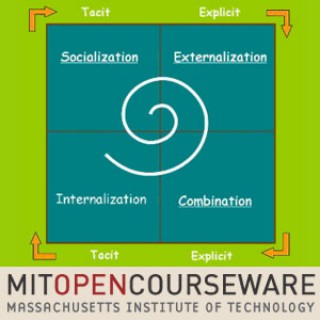
Reflective Practice: An Approach for Expanding Your Learning Frontiers
Follow Reflective Practice: An Approach for Expanding Your Learning FrontiersThe course is an introduction to the approach of Reflective Practice developed by Donald Schön. It is an approach that enables professionals to understand how they use their knowledge in practical situations and how they can combine practice and learning in a more effective way. Through greater awa…
Ceasar McDowell, Claudia Canepa, Sebastiao Ferriera
- Jun 6, 2012 LATEST EPISODE
- infrequent NEW EPISODES
- 2h 24m AVG DURATION
- 10 EPISODES
Latest episodes from Reflective Practice: An Approach for Expanding Your Learning Frontiers

Defining the problem statement, further discussion of frames. A presentation on conceptual innovation. An exercise of modeling concepts.

Students were asked to come up with a question about something they would like to understand better for applying reflective practice. A presentation of the future of reflective practice. A final closing exercise on the possibilities of reflective practice.

An initial exercise discussing various answers from the previous class session questions. A presentation on analyzing frames. Another series of questions for the same groups formed for the previous class.

An overview on reframing using a matrix. Group presentations of yesterday's assigned exercise. Continue working on reframing with creating a third frame with same problems the groups have been working on.

Review of past classes as an exercise in reflection. A presentation on the process of framing, followed by an exercise on framing.

Yesterday’s exercise is discussed. A presentation on Mental Models and Virtual Worlds. Participant exercise on constructing a model and going forward.

Cycle SECI is explained. Discussion groups formed to analyze some ways of knowledge generation.

Overview of the three main parts of the course. Instructors and students introduce themselves.

Questions from the first class discussed. An introduction is given for critical moments methodology.

Presentation given from the 3 groups formed from the last class: Reframing Group, Design Group, SECI Cycle Group. Participant exercise on deciding on a single group solution to a concrete problem.








